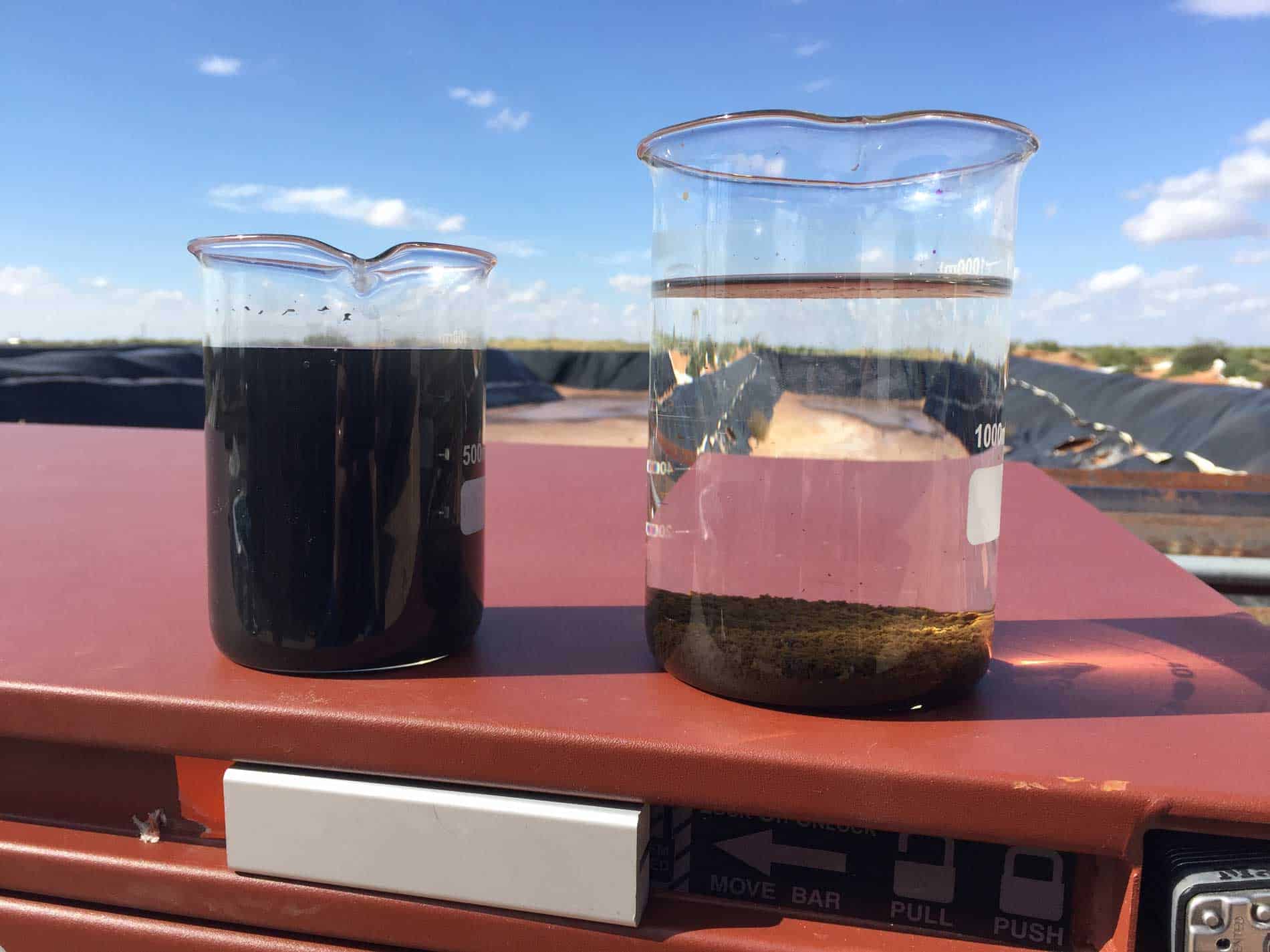Foam Formation Tendency in Produced Water Test
The foam formation tendency in produced water is a critical parameter that impacts operational efficiency and environmental compliance within the oil and gas sector. Foam can cause significant issues, such as reduced well productivity, increased production costs, and potential harm to the environment if not properly managed. The analysis of foam formation tendency helps operators identify and mitigate these challenges by providing actionable insights into water quality.
Produced water is a byproduct of oil extraction processes that contains dissolved hydrocarbons, salts, metals, and other contaminants. Managing this water effectively ensures sustainable operations while minimizing environmental impact. Foam formation can occur due to the presence of surfactants or other chemicals added during production processes or naturally present in the water.
This test is particularly important for compliance with international standards like ISO 14025 and API RP 91, which outline best practices for environmental management systems in the oil and gas industry. Understanding foam formation tendencies allows operators to optimize their operations by adjusting chemical treatments or refining processes to minimize foam generation.
The test involves a series of steps designed to simulate real-world conditions encountered during production. A sample of produced water is prepared according to standard protocols, ensuring consistency across tests. The water is then placed in a controlled environment where the tendency for foam formation can be observed over time under specified temperature and pressure conditions. This process helps determine the optimal chemical treatment needed to reduce foaming.
Once the test is completed, results are analyzed using advanced analytical techniques tailored to this specific application. These methods allow for precise measurement of foam volume, stability, and other relevant parameters. The data collected during these tests provides valuable information that can be used to improve operational efficiency and ensure regulatory compliance.
The importance of accurate testing cannot be overstated. Misunderstanding or misinterpreting foam formation tendencies could lead to inefficient use of resources or costly mistakes in process optimization efforts. By leveraging advanced analytical tools and strict adherence to industry standards, our laboratory ensures reliable results that contribute directly to better decision-making processes within the oil and gas sector.
In summary, understanding the foam formation tendency in produced water is crucial for maintaining optimal operations and ensuring environmental protection. Our comprehensive testing services provide valuable insights into this important parameter, helping clients achieve their goals more effectively and efficiently.
- Accurate identification of surfactants responsible for foam formation
- Optimization of chemical treatments to minimize foaming issues
- Compliance with international standards like ISO 14025 and API RP 91
- Precision measurement of foam volume, stability, and other relevant parameters
Applied Standards
The foam formation tendency test in produced water follows several key international standards to ensure accuracy and reliability. These include ISO 14025:2006, which provides guidelines for environmental management systems; API RP 91, which covers operational practices related to produced waters; ASTM D7387-16, which specifies procedures for measuring foam stability in aqueous solutions; and EN 14175:2004, which outlines requirements for produced water from petroleum operations.
By adhering strictly to these standards, our laboratory ensures that all tests are conducted under consistent conditions, thereby producing comparable data across different facilities. This consistency is essential for making informed decisions based on the results obtained during testing.
Quality and Reliability Assurance
We prioritize quality assurance in every aspect of our operations to deliver accurate and reliable test results. Our team consists of highly skilled professionals who are certified according to relevant industry standards. They utilize state-of-the-art equipment calibrated regularly to maintain precision throughout all stages of the testing process.
Data accuracy is maintained through rigorous calibration procedures, strict adherence to standardized protocols, and constant monitoring of environmental factors that could affect test outcomes. Our commitment to excellence extends beyond mere compliance; it includes continuous improvement efforts aimed at enhancing our capabilities further.
Regular audits are conducted internally as well as externally by accredited bodies to ensure ongoing adherence to quality assurance practices. These reviews help identify areas for improvement and implement changes promptly, ensuring that we remain at the forefront of technological advancements in this field.





